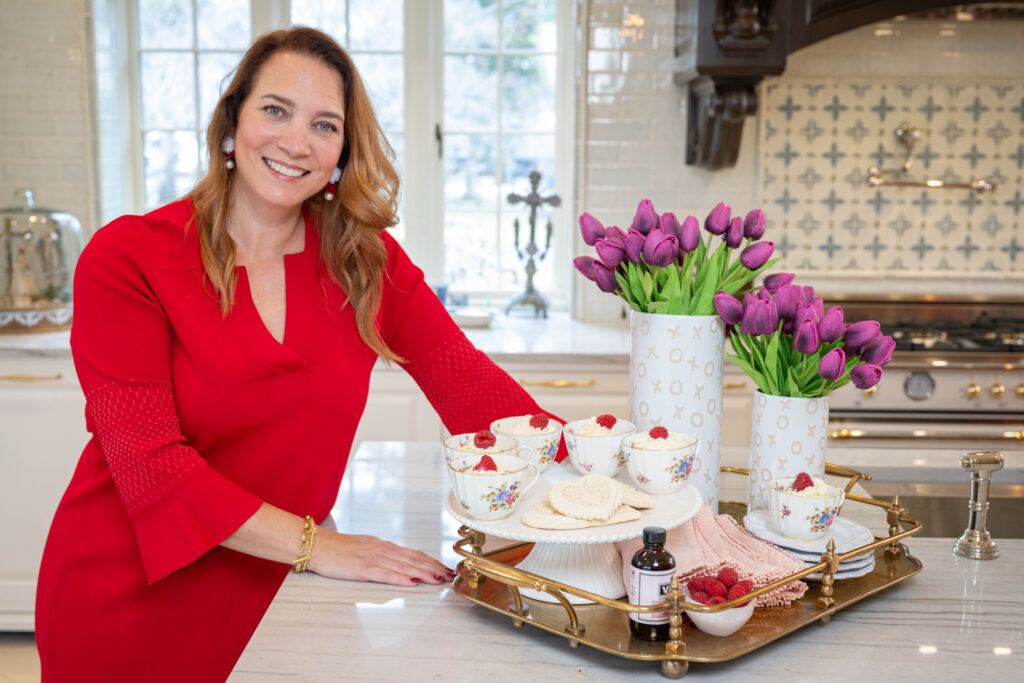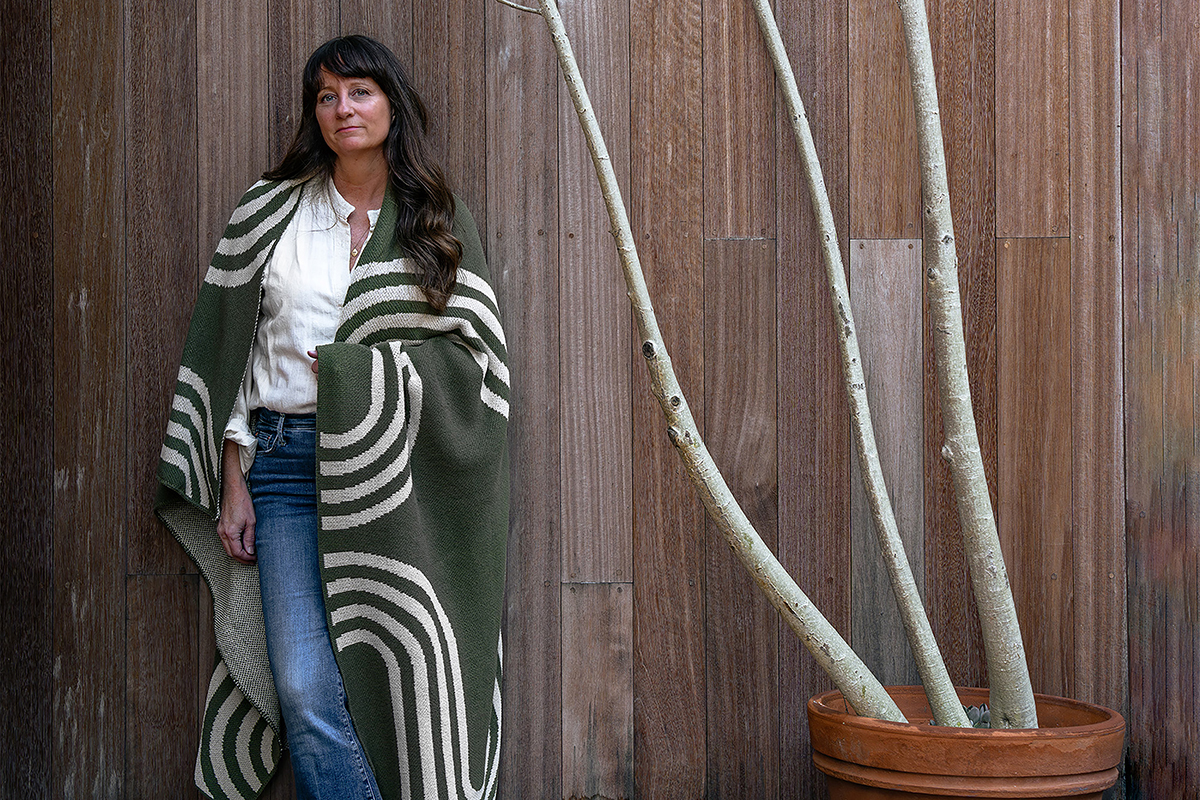We’ve seen craft cocktails with homemade syrups and shrubs, fancy charcuterie boards, and, recently, even butter boards as trendy artisanal food meant to wow and to share. But our newest obsession is small-batch vanilla extract.
In recent years, there has been an increasing emphasis on specialized and unique artisanal products, especially as gifts or for dinner parties. Gourmet vanilla is fast becoming part of that niche. It can be not only added to conventional baked goods for a unique addition, but also mixed into cocktails for an unexpected punch or even used in marinades and dressings for a flavorful, surprising element.
The process of making vanilla is straightforward and simple: A ripe vanilla bean pod is slit open to expose the caviar—the black flecks we associate with ‘vanilla bean’ flavors found in ice cream—added to a solvent, often alcohol, to extract the flavor and stored in a cool, dark place for a few months before it’s ready.
Big-brand vanillas, such as McCormick, will use water as the main ingredient. “Then it will probably say alcohol and then vanilla bean particulates on the ingredient list,” says Vain Foods founder Kate Banks. “Big industrial brands are extracting vanilla in bulk, and then they’re sweeping away all of the plant material—all of the vanilla bean—and you’re left with the dark amber liquid.”
Vain is our favorite local artisanal vanilla maker. They outsource their vanilla beans from places with a natural climate suited for the plant, like Mexico, Tanzania and Uganda.
“We’ve come to know that coffee beans are grown around the world,” Banks says. “There’s South American blend or Ethiopian—it’s so ingrained in coffee drinkers’ culture. Wine grapes are certainly another area where the idea of where your ingredients are grown has taken hold. Foodies and cooks are also seeking out small-batch ingredients. So I was really taken with the fact these beans were grown in other countries and they all have a little bit different length, aroma, feel and difference in color.”
Vanilla only needs about eighty-proof alcohol to extract, and instead of using grain alcohol like big brands, Vain uses top-shelf liquor like vodka, bourbon, rum and Vain’s homemade liqueur, which they play off the flavors of the alcohol in their vanilla infusions.
These vanilla “varietals” aren’t just used in your mom’s vanilla cake. They are a trendy, upscale, alternative ingredient that can add unexpected flavor to anything from cocktails to meats.
Vain’s website highlights different recipes in which various vanillas are used in interesting and unexpected ways. The website also has a “flavor finder” to help home cooks figure out which flavors will fit best for different vanillas.
Barbara Cantrell, Vain Foods’ director of sales, uses vanilla with brown sugar and dry mustard as a marinade for steelhead trout, which she calls “out of this world.” Banks echoes the savory application. She cooks what she calls her “dynamite” carrots in orange juice and vanilla bean and, once the liquid cooks away, adds a teaspoon of Tonga vanilla with the orange.
There are also cocktails that use Vain vanilla, such as mint juleps and sangria. Cantrell and Banks also have a favorite pork chop recipe with Mexican vanilla bean extracted in an apple brandy. The vanillas can be used in homemade BBQ sauce or baked beans, too.
“They are great in marinades,” Banks says. “We have a great citrus vanilla vinaigrette that can be put on fruit or tossed with lettuces or fresh spring produce.”
Cantrell agrees: “Bruschetta with some ricotta mixed with olive oil and a little balsamic and vanilla is nice as an appetizer spread,” she says. “I’ve made a butter board with vanilla or a charcuterie board with brie. I’ll mix honey and vanilla together, then I pour that over the top of the brie and add almonds. Everybody loves it—the vanilla with the honey gives it such a smooth flavor.”





